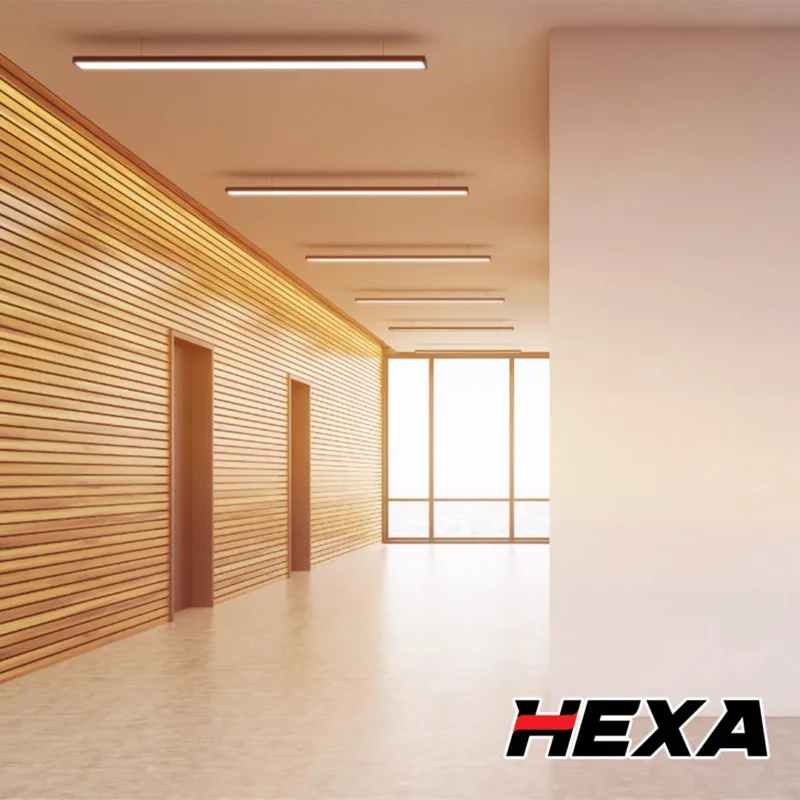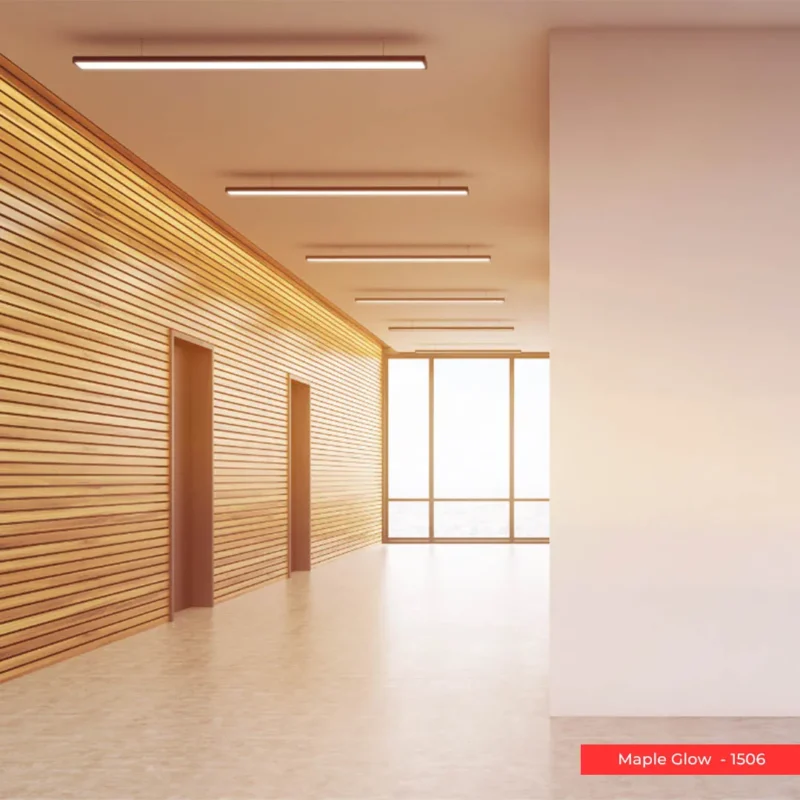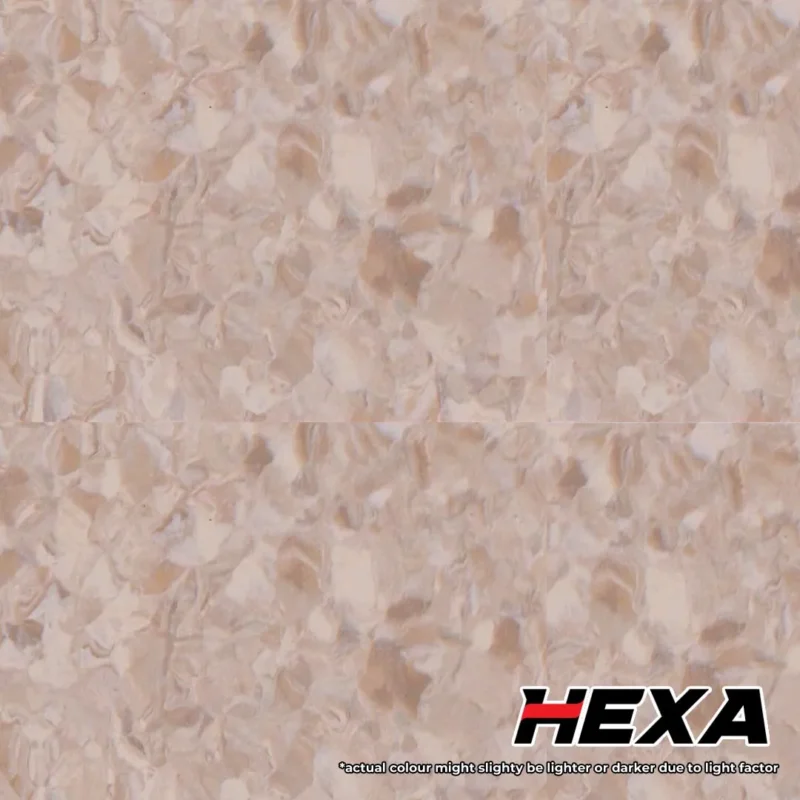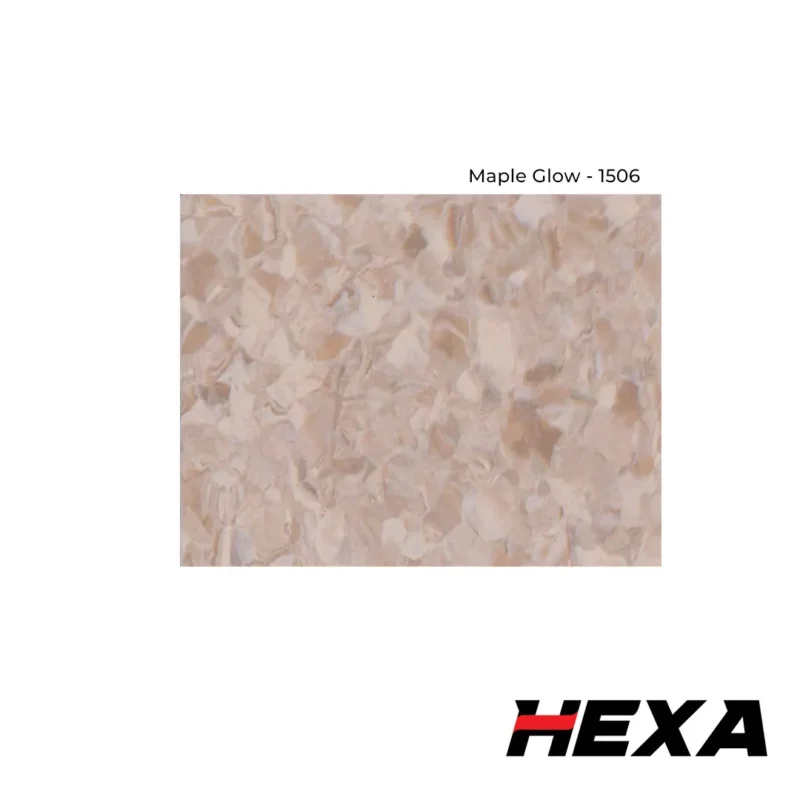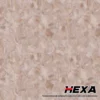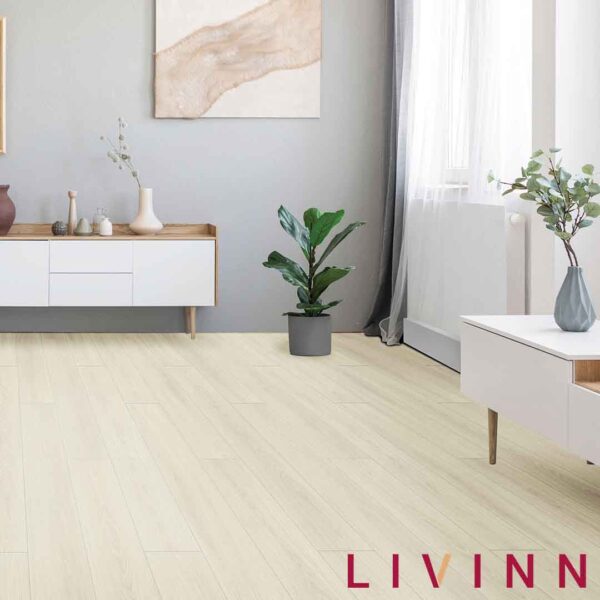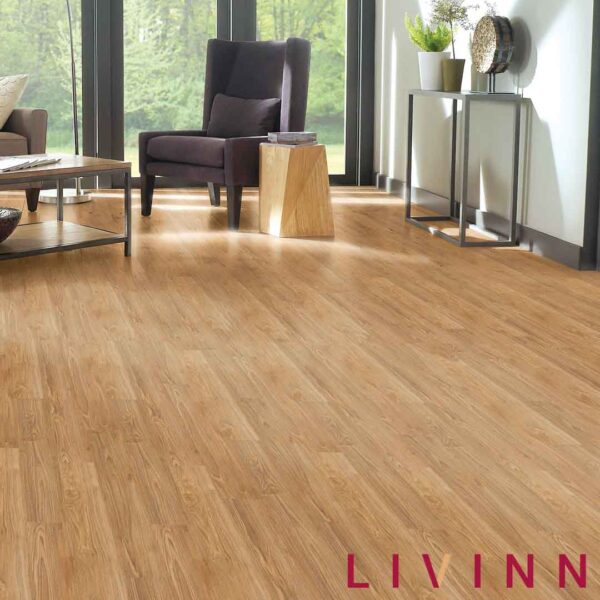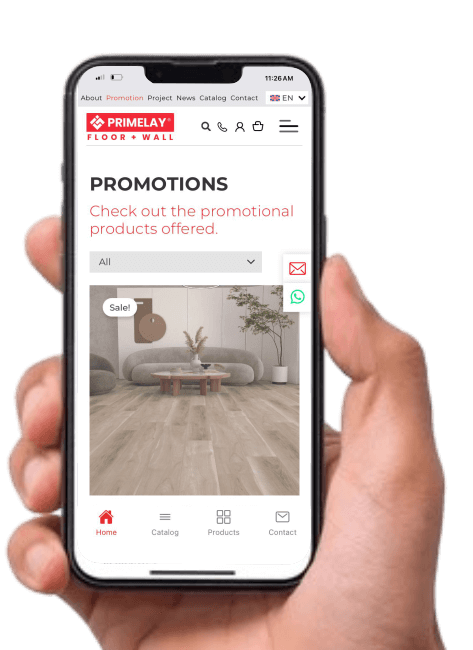Sustainable Hospital Room Flooring | Maple Glow – 1506 | HEXA Vinyl Roll
The flooring in hospital rooms must fulfill certain criteria like durability, safety, and ease of upkeep. Commercial hospital flooring is engineered to endure high foot traffic while maintaining a sanitary environment. Vinyl flooring in hospital rooms is a favored option due to its simple maintenance, comfort, and capacity to withstand stains and moisture. To enhance protection further, antibacterial flooring in hospital rooms aids in reducing the spread of germs and bacteria, making it crucial in healthcare environments. Primelay offers a range of high-quality flooring options designed for hospital rooms and healthcare facilities.
7 Uses of Hospital Room Flooring
Here are 7 uses of hospital room flooring that highlight the importance of safety, cleanliness, and durability:
-
Infection Control and Antibacterial Protection
Flooring in hospital rooms is created to reduce the likelihood of infection. Antibacterial flooring in hospital rooms aids in stopping the development of dangerous pathogens, guaranteeing a hygienic setting for patients and healthcare personnel. Vinyl flooring designed with antimicrobial properties is particularly useful in patient rooms, where minimizing cross-contamination is essential. These floors are simple to clean and upkeep, making them a practical option in healthcare settings that emphasize cleanliness.
-
Durability and High Traffic Resistance
Hospital rooms see significant foot traffic from patients, personnel, and visitors. Commercial hospital flooring, including vinyl or rubber, is precisely designed to endure frequent usage without displaying noticeable wear and tear. These floors preserve their look and functionality over time, even with the extensive movement of hospital gear, beds, and carts. Their longevity decreases the necessity for regular replacements, resulting in long-term cost savings.
-
Noise Reduction for a Quiet Healing Environment
In hospitals, sound can greatly affect patient recovery. Vinyl flooring in hospital rooms can minimize noise levels, fostering a quieter and more serene atmosphere. These floors are engineered to absorb sound, making them perfect for use in patient rooms, hallways, and other essential spaces. This functionality is especially useful in delicate environments like intensive care units (ICUs), where managing noise is crucial for patient comfort and health.
-
Comfort and Safety for Patients
Vinyl flooring in hospital rooms is frequently selected for its comfort and anti-slip properties. This kind of flooring offers a padded surface that can alleviate fatigue for hospital personnel who spend long hours standing. It additionally provides slip resistance, minimizing the likelihood of falls, which is especially crucial for elderly individuals or those healing from surgery. Non-slip features guarantee the safety of both patients and staff in areas that might encounter spills or dampness.
-
Easy Maintenance and Cleaning
The flooring in hospital rooms needs to be easily maintainable because of the stringent hygiene standards necessary in healthcare environments. Vinyl flooring is a preferred option as it is simple to clean, stain-resistant, and can be thoroughly disinfected without harming the surface. This is especially important in patient rooms, where maintaining cleanliness is a major priority. The smooth, non-porous surface of vinyl aids in preventing the buildup of bacteria and germs, ensuring a clean environment.
-
Variety of Aesthetic Options
Although functionality is crucial, the visual attractiveness of hospital room flooring also contributes to fostering a hospitable atmosphere for patients. Vinyl flooring comes in an extensive variety of colors, patterns, and textures, enabling hospitals to create spaces that are both practical and aesthetically pleasing. The appropriate aesthetic can help create a soothing environment, encouraging relaxation and comfort for patients while they are there.
-
Cost-Effectiveness
Flooring in hospital rooms, like vinyl, tends to be more affordable than other materials such as tile or hardwood. Its cost-effectiveness does not diminish its quality, making it a favored option for hospitals aiming to adhere to budgets while still fulfilling safety and hygiene standards. Furthermore, the minimal upkeep expenses linked to vinyl flooring render it a lasting investment, enabling healthcare facilities to reduce costs in the long run.
-
Environmental Sustainability
In the current healthcare landscape, sustainability is increasingly a crucial consideration in choosing materials. Vinyl flooring in hospital rooms is frequently selected due to its environmentally friendly qualities. Numerous vinyl flooring options utilize recyclable materials and are devoid of toxic chemicals, minimizing their ecological footprint. Moreover, the extended longevity of vinyl flooring results in fewer replacements, aiding in waste minimization. Hospitals that emphasize sustainability create a better environment for patients and the planet. Opting for eco-friendly flooring such as vinyl supports the rising trend of environmentally conscious healthcare facilities striving to reduce their ecological impact.
Pros of Hospital Room Flooring
✅ Hygienic and easy to clean
✅ Slip-resistant
✅ Durable for high traffic
✅ Comfortable underfoot
✅ Noise reduction
✅ Resistant to stains
✅ Variety of designs
✅ Waterproof
✅ Low maintenance
✅ Long lifespan
FAQs on Hospital Room Flooring
What is the best flooring for hospital rooms?
The ideal flooring for hospital rooms is durable, simple to clean, and promotes hygiene. Materials such as vinyl, rubber, and homogeneous flooring are frequently utilized for their ability to resist stains, moisture, and bacteria.
Why is hospital room flooring important?
The flooring in hospital rooms is essential for infection prevention, safety, and ensuring patient comfort. It ought to be spill-resistant, simple to clean, and have a non-slip surface to avoid accidents.
What are the benefits of vinyl flooring in hospital rooms?
Hospital room floors must be cleaned frequently with medical-grade disinfectants to maintain cleanliness. Regular sweeping and mopping will assist in keeping it clean and extending its durability.
How do you maintain hospital room flooring?
Hospital room floors must be cleaned frequently with medical-grade disinfectants to maintain cleanliness. Regular sweeping and mopping will assist in keeping it clean and extending its durability.
Why choose Primelay for hospital room flooring?
Primelay offers premium hospital room flooring options that combine hygiene, safety, and durability. With professional installation and a wide range of designs, they provide the perfect solution for healthcare facilities.




